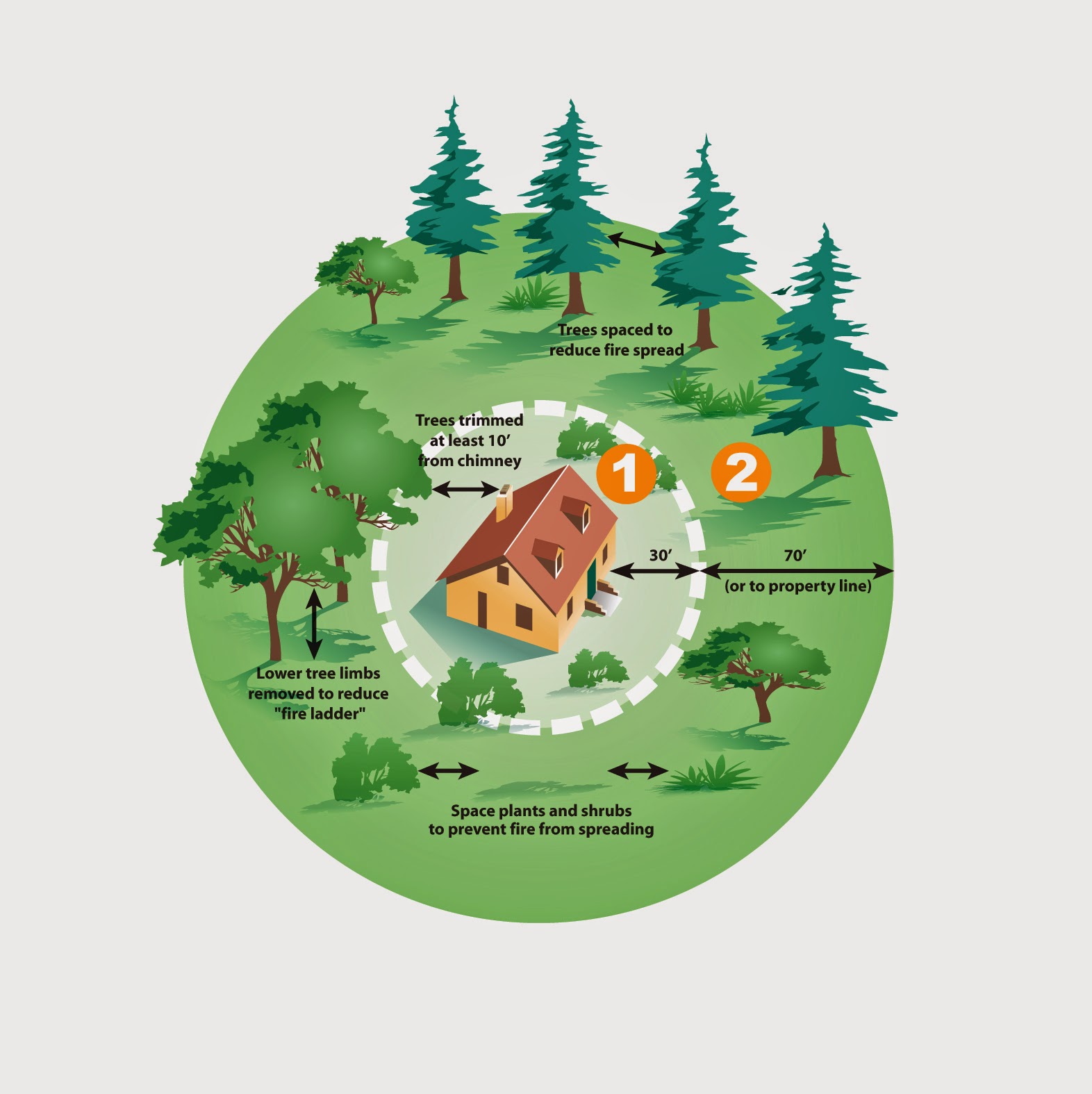 |
| Photo courtesy Rebecca Anderson |
I confess, I'm a seed saver. Not necessarily seeds that have been harvested from plants I've grown, but I save leftover seed packets from year to year. Most years I don't need 30 zucchini plants, but it seems like such a waste to toss a nearly full packet after only using four or five seeds. I learned recently that this may be a heritable trait. My mother has cut back on her vegetable gardening over the past few years, and during a recent visit she bequeathed me with her stash of seed packets. Some of them date back to the twentieth century!
 |
| Photo courtesy Rebecca Anderson |
There are also some basic guidelines for seed shelf-life based on plant families. Seeds that have been treated or pelleted for use in precision planters may not store as long as untreated seeds.
Crucifers (cabbage, broccoli, cauliflower): 4 to 5 years
Corn: 2 to 3 years
Lettuce: 4 to 5 years
Spinach, beets, chard, carrots: 2 to 3 years
Cucurbits (squash, melons, cucumbers): 4 to 5 years
Tomatoes: 4 years
Peppers: 2 years
Onions, parsley, parsnips: 1 year
There are a couple of approaches for planting seeds that may be beyond their "plant by" date. You could simply plant them closer together to compensate for possible lower germination rates. Then if things grow better than expected, the extras can be thinned to make room for the mature plant size. If you want to be more precise and not waste any seed to thinning, seeds can be germination tested. For the easiest math, place 10 seeds on a moist paper towel and cover with a second moist paper towel. Place paper towels and seeds in plastic bag in a warm place and check daily to make sure the towels stay moist. Most seeds that are going to sprout will do so in 7 to 14 days. Multiply the number sprouted by 10 and this will give you a percent germination. If 50% germinate, plant twice as many as you usually would. If germination is 10 or 20 percent, consider purchasing fresh seed. Those seeds that sprouted during the germination test don't need to go to waste. They can be carefully planted in potting soil for transplant in the garden at the appropriate time. I use tweezers to handle the tiny sprouts.
I'm not expecting my mom's seeds to produce a thriving abundant garden this summer, but I probably won't throw them out either. I've been thinking about planting a trap garden for the bunnies between the trees where they hide and my vegetable garden where they browse. Weak germination wouldn't be as critical in a sacrificial garden plot. I'll probably supplement with some saved seeds of my own that are only five or six years old…
For more information about storing vegetable and flower seeds, check out Colorado State University’s Plantalk Seed Storage and Fact Sheet 7.221, Storing Vegetable and Flower Seeds.




